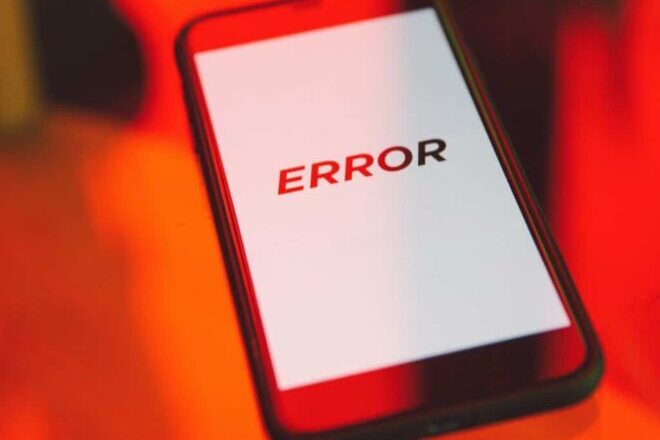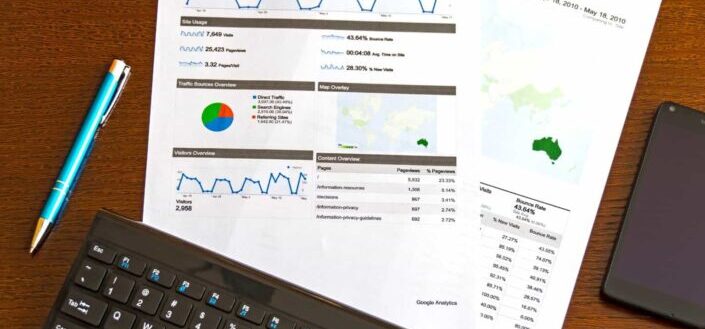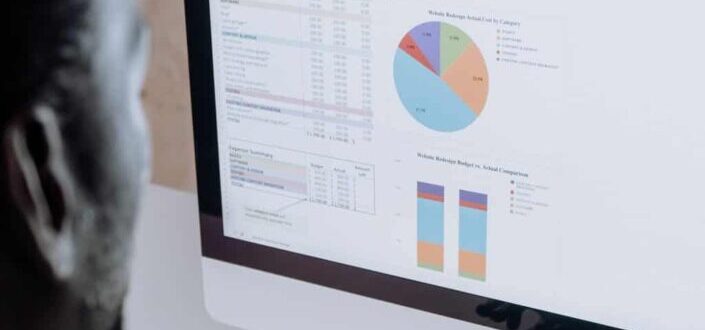
Pexels / Polina Zimmerman
Type 1 errors can lead to costly repercussions if not resolved as soon as possible.
I’m a seasoned digital marketing blogger publishing my know-how on WP Experiments, so I understand exactly how to outline tough concepts and make them easier to address.
Once you finish reading this blog, you’ll know exactly how to handle A/B hypothesis testing and the types of errors accurately.
Let’s begin!
Contents
What are Type 1 Errors?

Pexels / Lukas
A type 1 error is a statistical test term describing a test result that is a false positive within the null hypothesis. Type 1 errors often arise randomly or when improper research techniques are applied. Moreover, a type 1 error occurs when a test result is based on the incorrect application of a test procedure or an incorrect interpretation of the results.
Regarding an AB test in digital marketing, a type 1 error or false null hypothesis happens when the results are interpreted incorrectly. Understanding these factors and applying specific metrics is important to avoid type 1 errors.
Why Do Type 1 Errors Occur

Pexels / Lukas
In A/B split testing, type 1 errors occur when one option is deemed more effective or successful than the other based on inaccurate or by chance results. In many instances, such errors arise because of different variables, but lack of measurable metrics and data are usually the biggest components.
AB testing determines whether one version of a website or advertisement is more effective than another. The testing usually involves running multiple versions of the same ad (A) against understanding the same site (B). Marketers will use these comparisons to identify which version is more likely to get the desired effect.
Sometimes, though, we find that one version of the ad or website is much better than the other. In such cases, the version that performs better becomes mistakenly judged as more effective than the other. This leads to type 1 errors. Likewise, the error happens because one version gets better results in one instance while the other does better in a different situation.
Why Is It Important To Watch Out For Type 1 Errors?

Pexels / PhotoMIX Company
Type 1 errors left unresolved significantly impact conversion rates and website traffic. Choosing one option over another based on such errors proves costly for businesses in generating leads, converting customers, and making informed sales decisions. All in all, neglecting to account for type 1 errors significantly hurts your profit margins.
These errors can also damage a company’s brand identity and affinity, making them seem less credible to their target audience.
Because type 1 errors arise through happenstance circumstances that apply improper testing techniques, it often leads to improper decision-making in choosing the best strategy to enhance business goals. A/B testing is a powerful tool marketers use to make sure that their website is performing well.
Its purpose is to identify the weaknesses of a website or marketing technique and determine which elements perform the best and which don’t, based on a given set of variables. If we can’t interpret the data correctly, we might make the wrong decision.
Type 1 Error vs Type 2 Error

Pexels / Lukas
Two errors can occur when doing A/B testing or hypothesis tests.
Type I error is a false positive brought about by chance circumstances or the use of improper testing techniques. In this case, the null hypothesis is accepted as true when it is not. The result is seemingly successful testing even though it is not.
A type II error, also called a false negative, occurs when the assumption is made that there is no significant difference or clear winner between variants compared to the control version, even when there is a better of the two. The result is scrapping both ideas and coming up with a new one that could yield better results. Such a process wastes valuable time in planning and re-testing something that showed effective possibilities already.
In regards to type 2 errors, 3 elements determine the possibility of occurrences:
- The sample mean or effect size: denoted as (n)
- The level of significance assigned to the test (α) or alpha level
- The “true” value of tested parameters
How To Reduce Type 1 Errors

Pexels / Lukas
While it is impossible to eliminate the possibility of encountering a type 1 error, there are ways to reduce the likelihood of it happening. With that, you can make the best decisions in optimizing digital content that achieves its goals. There are 3 ways to reduce type 1 errors:
#1: Minimize the significance level

Pexels / cottonbro studio
The significance level is the value set at the start of the test to determine the probability of yielding the results you want. Usually, the value is between 0.05 to 5%. By selecting the statistical significance lower, you’ll need stronger evidence against the null hypothesis or control to accept the results. You’ll be less likely to accept a false positive result because it does not immediately match the null hypothesis.
#2: Test the same idea

Pexels / Karolina Grabowska
Second, ensure that the strategy you are testing is the same thing. For example, if the split test means discovering which among two social media sites brings in the most traffic, don’t set test A for results by location while test B for results by time frame posted. To get accurate results, A and B should target the same demographics and posting times to ensure accurate results.
Otherwise, you’ll end up with inaccurate data as the parameters for the test were improperly set.
#3: Ensure the testing time is the same

Pexels / Tima Miroshnichenko
Lastly, make sure that the A/B split test starts and ends at the same time. Even a few hours over time for one or the other can make a huge difference in the final tally. Here is an example.
If tests A and B gather 1,000 comments in 15 minutes, but test B ran an extra 15 minutes before closing and gathers 1,200 comments, it leads the testers to believe B did better. Because of the extra time, B got more comments, but if the time was not accounted for, the results would yield a false positive in showing that B is better.
Frequently Asked Questions

Pexels / Lukas
These are some frequently asked questions about type 1 errors I’ve answered for your convenience.
Does sample size affect type 1 error?
No, sample size does not impact whether or not there will be a type 1 error in A/B testing. The main component that affects type 1 errors is the significance level, which is the value set at the start of the testing to determine the probability of getting optimal results.
Which error is more serious, type 1 or type 2 error?
While both errors have serious repercussions for a business or brand, neither is more serious than the other. A type 1 error can lead to misjudgments on the effectiveness of action or strategy when it does not achieve its goal. A mistaken rejection.
A type 2 error shows that there is no clear action or stage that works when there is a failure to reject. Both can cost a business valuable time and resources which stems from wrongful assumptions based on improperly applied testing practices that lead to an incorrect conclusion.
However, some will say that a type 1 error has a greater consequence in AB testing as it usually brings about applying a plan that is not effective in the first place.
Why do type 1 and type 2 errors not happen simultaneously?
Type 1 and type 2 errors are independent and cannot happen as simultaneous events because one test rejects a null hypothesis. At the same time, the other fails to reject a null hypothesis.
Can you use type 1 error in your favor?
Yes, knowing what brings about a type 1 error allows testers to narrow their hypothesis test parameters or testing goals more precisely to make them more realistic and attainable based on a given set of information. With that, testers are less likely to waste time testing strategies and concepts with a high probability of failing and focus on ideas that can bring about ideal results.
More Interesting Articles To Explore
Read more related articles on digital marketing best practices for the best insight and advice on making your website successful.
- Use the simplest guide to writing better post titles to capture attention and get more traffic to your site.
- Find out what copy anxiety is and the best ways to avoid getting there.
- There are several similarities between marketing and drug trials. Read the article to find out what they are!






